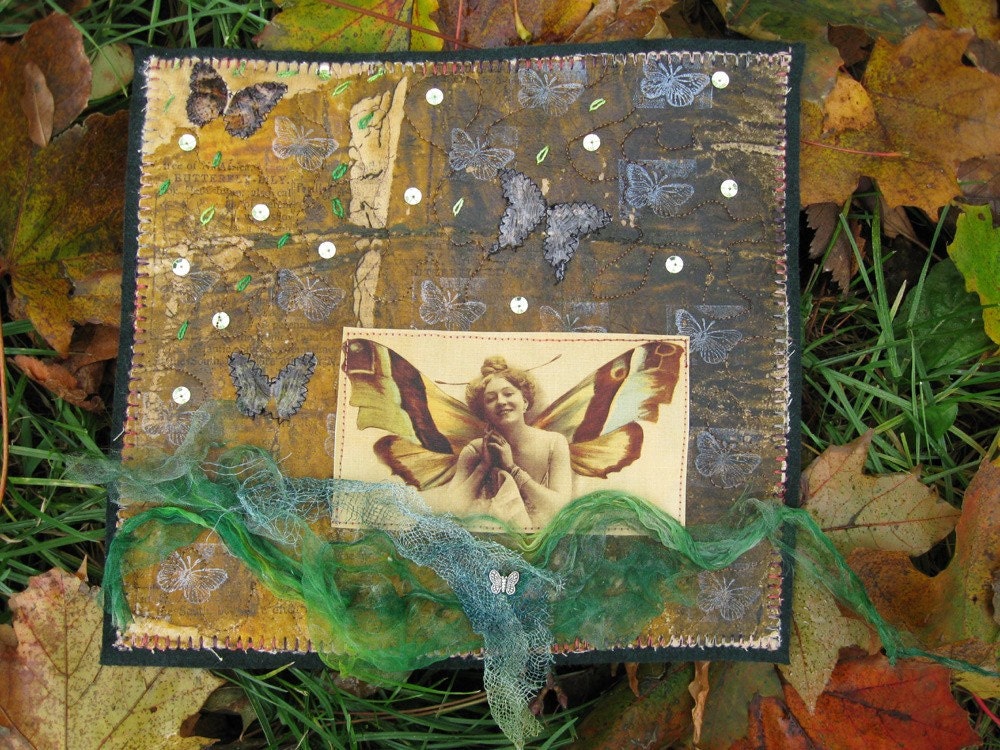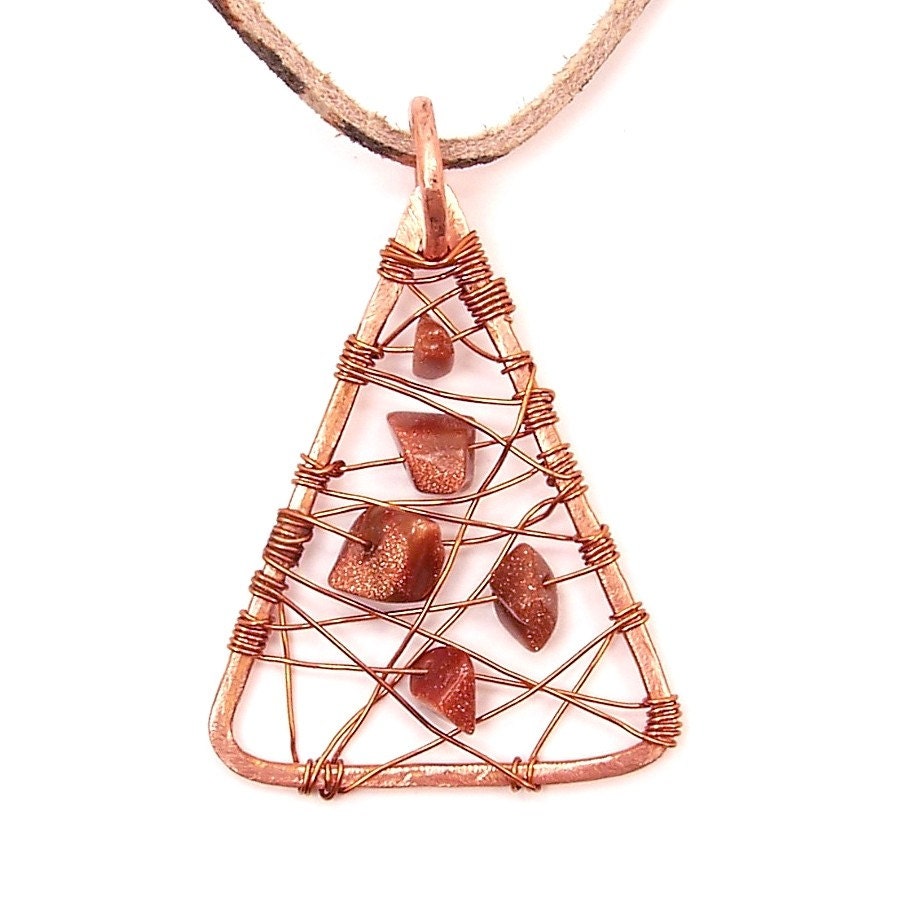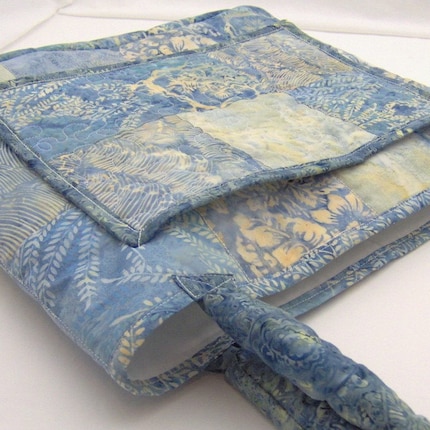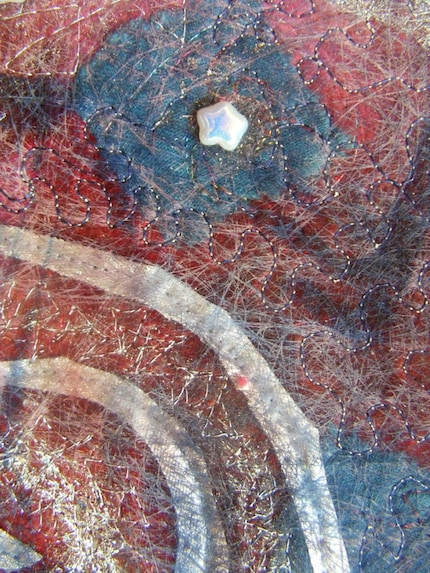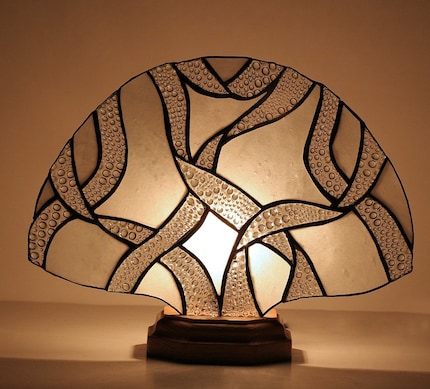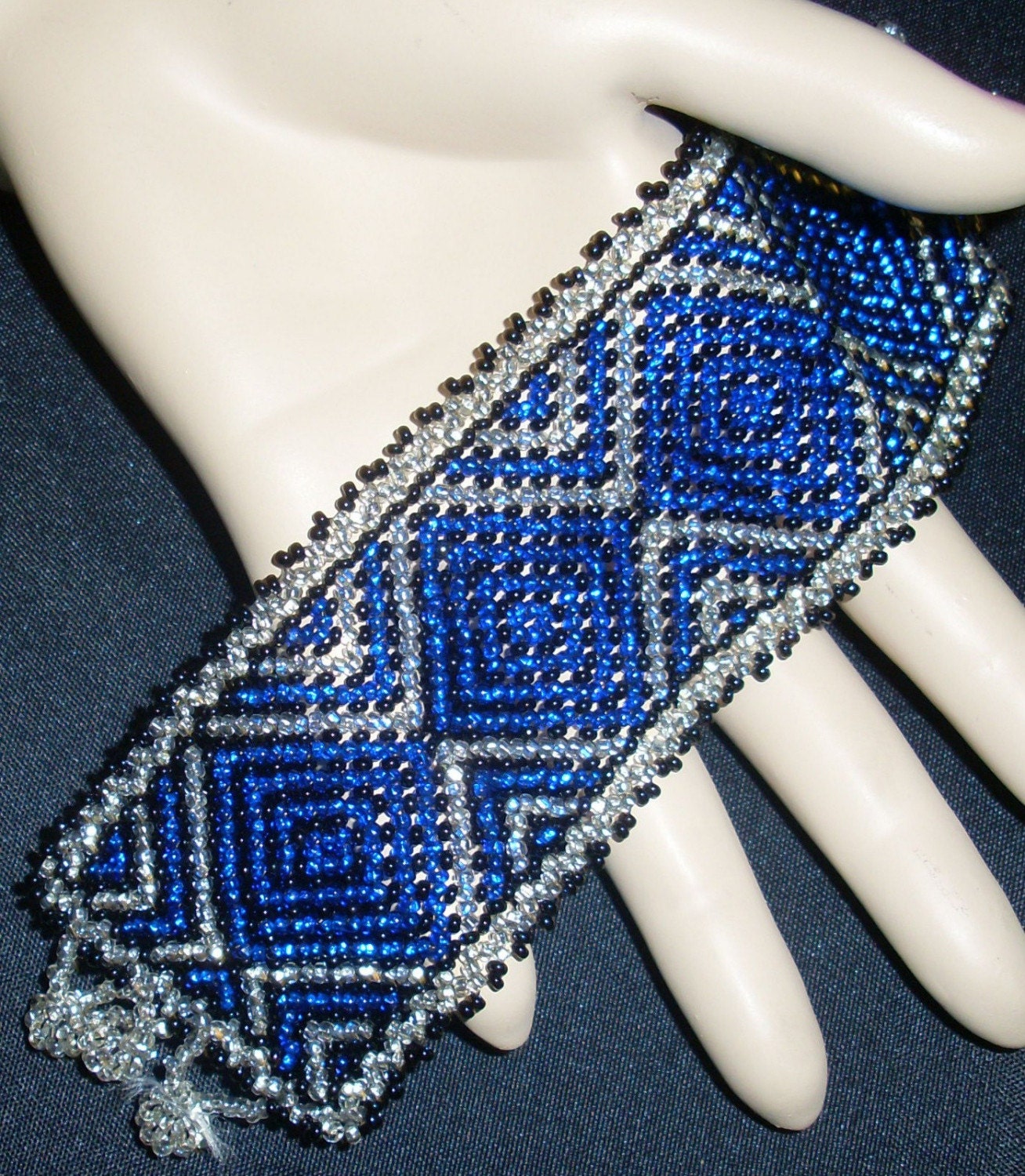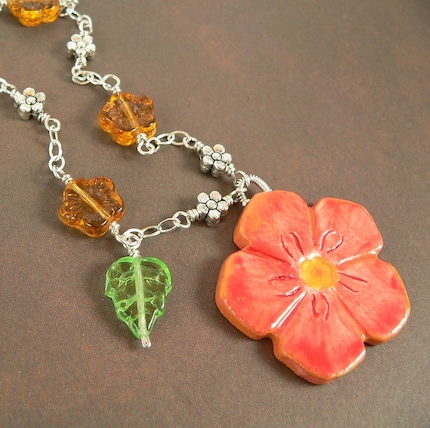Famous writers, musicians and visual artists are often asked, “Where do you get your ideas?†A writer might eavesdrop on real conversations and use them as a springboard to a story. Musicians might listen to other artists, such as when the Beatles learned how to play rock ‘n’ roll by playing American records. Van Gogh copied other artists to learn their techniques, and to build upon them. In a word, artists react, reflect and build upon what they see, hear and experience. This process—reacting, reflecting and building—is the result of the artist interacting with his or her “design environment.†Sometimes that design environment is deliberate and external, and other times it is internal and subconscious. Either way, individuals dig deeply into their design environment to pull out inspiration and run with it.
Gunnel of gunnelsvensson, who designs art quilts utilizing fabric collage, embroidery, and mixed media, has created a design environment that is a blend of her reactions to her physical environment and her love of the outdoors. In her studio, she surrounds herself with old buttons, old envelopes and old photos, as well as flea market finds. But on a subsconcious level, she is inspired by nature and by the sea. All of these elements combine to create a romantic, nostalgic feel to her creations.
“My creativity comes from inside,†she emphasizes. “If I’m a happy camper without a lot of worries at the time, well, then I just can’t help but be creative. It just flows, for lack of a better word. I’ll see something, maybe at a thrift shop or unearthed from a forgotten box in a closet, and an idea for it just comes to me. I get a lot of my creativity from the items at hand. I don’t usually start a piece of jewelry with a plan. I’ll start with a certain bead and build on it . . . whatever ‘goes’ with it, complements it or makes it whole. I never know when it’s going to be finished until it just looks done.â€
For Kym of kimbuktu, whose textile shop features beautiful quilted bags and accessories, the design environment that contributes best to her creativity depends on whether she is sewing or paper crafting. “Though I have a craft room all set up with tables, bookcases, storage bins, etc., for sewing I drag my machine out to the dining room so I can be with my husband, or whoever else is there.â€
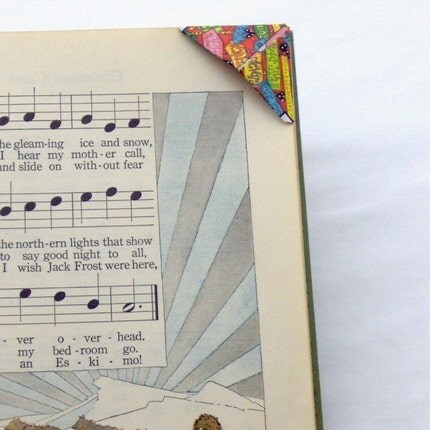
Twenty Recycled Origami Page Corners,
by PaperParaphernalia
“My creative environment is my home,†she says, “as I have studio space in the garden, as well as in the house itself. I live in a tiny village in the countryside, where it is very quiet; people only come here if they have business here, or live here. I have created my environment so that it is calm, tranquil space, bright and welcoming. There are white or cream walls, comfortable seating and,†she adds, “lots of ‘eye candy’—things that are interesting because of their colour, texture, shape or design. And there’s always a friendly cat around to be stroked if I’m having a less than creative day. All of that feeds my creativity.â€
Eileen of Chauncey, who specializes in fused glass design, knows that in order for her to be creative, she has to surround herself with sights and sounds that gladden her spirit. “I try to keep many things in my space that make me smile or make me happy,†she says. “I feel that I am only even remotely creative when I am cheery.†Eileen describes a print drawing on her wall that makes her chuckle. “One is the ‘The Catnip Café,’ a bunch of cats at a diner . . . I have photos that I have taken and framed.†When it’s time to ponder, she has a chair that used to belong to her mother that is her “think chair.” Eileen adds, “While music isn’t a design element, I find if I’m starting to lose the creative steam, some music improves my space.â€
When you take a pinch of nature, mix it in with Native American history and swirl it around with generational regalia, you get the design environment for Joni of jstinson. “As a Native American,†Joni says, “most of my creative design is inspired by nature. I use the environmental elements of nature . . . silver, copper, a vast array of gem stones, quilts, feathers, and bone. My designs are meant to honor the traditional work of our people but with a more contemporary flair.â€
Joni mentions that as she travels from Pow Wow to Pow Wow, her design environment is colorful, to say the least. She is inspired by the regalia handed down from generation to generation, and by the new pieces that will become treasured by future generations.
“My ‘design environment’ comes when an inner voice speaks to me,†Joni adds, “and tells me how to capture a small piece of nature, use it in a traditional way, and give it a contemporary attitude. Without Mother Earth and Father Sky, I would have no creative environment.â€
For Liv of thefiligreegarden, who designs unique, romantic jewelry and accessories, design environment is a state of mind that flows in and between the physical spaces in which she works. “My creativity waxes and wanes, depending more on mood and my mental environment than on the specifications of a physical space. In fact, I tend to flow out of a confined design space with spinning wheel and knitting in the family room, beads and sewing equipment upstairs in a spare bedroom, and the loom and some books in our master bedroom.â€
Part of Liv’s design environment, however, does involve the physical layout of her sewing space. She likes to be able to access materials easily in her sewing space, and she appreciates having lots of work space and light.
“I also like a dedicated space where I can leave things out when projects are in process. I would be frustrated if I had to put things away neatly at the end of every day,†Liv points out.
In a perfect world, Liv would love for her design space to be more visually inspiring (“prettyâ€). She says the fact that it is more pragmatic and functional than decorative is probably because the space contains furnishings that have no other place. “So, the room has an odds and ends look rather than a coordinated designed appearance,†she says. Liv does have two “inspiration boards†on which she thumb tacks pictures of things she likes, projects she would like to do, or colors that appeal to her.
A number of BBEST members mention color as an aspect of their design environment. It is interesting to note that recently two researchers from the University of British Columbia explored the effect of color on cognitive task performance. Their study suggests that the color red enhances attention to detail, while the color blue is more conducive to creative tasks. Whether artists define their design environment in terms of color, light, mood, physical design space, music, cultural influences or anything else, one thing is certain. Being self-aware of the design environment that contributes to our inspiration can only enhance the possibility that a creative work of art will ultimately be produced. React, reflect, build. Perhaps American author Jack London, who wrote White Fang and The Call of the Wild, says it best when he reminds us, “You can’t wait for inspiration. You have to go after it with a club.â€
© 2009 Judy Nolan. All rights reserved. Please note that the images in this post are owned by the artists and may not be used without permission. Simultaneously published at http://boomersandbeyond.blogspot.com.
